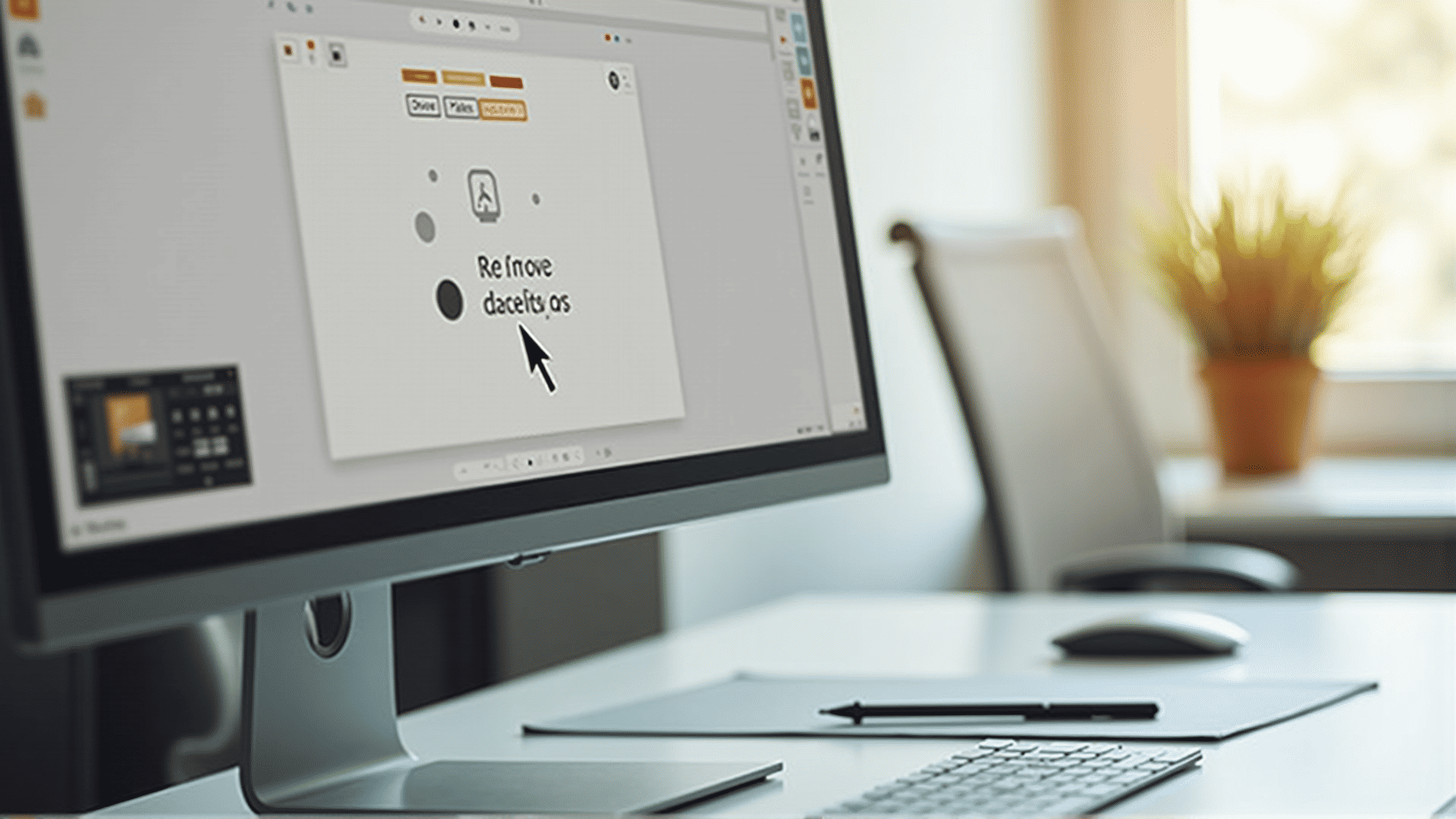In today's fast-paced digital world, where technology is constantly evolving, ensuring seamless interaction between humans and software is more crucial than ever. A user-friendly interface stands at the core of this interaction, serving as a bridge that connects users to the vast potential of digital tools. Our intuitive interface exemplifies how simplicity in design can significantly enhance the overall user experience, making it accessible for everyone, regardless of their technical prowess.
The primary goal of our interface is to eliminate complexities that often deter users from fully engaging with software applications. A streamlined design process is essential in achieving this goal. By focusing on intuitive navigation, our interface allows users to find what they need quickly and efficiently, without unnecessary clicks or confusing pathways. It ensures that users can concentrate on their tasks rather than getting bogged down by cumbersome operational details.
One of the central tenets of our interface design philosophy is minimalism. By reducing clutter and presenting only essential features prominently, we guide users towards accomplishing their objectives with ease. This approach not only speeds up the design process but also reduces the cognitive load on users, making the software accessible to individuals with varied skill levels.
Another critical aspect of our interface is the incorporation of smart, predictive features. These enhancements anticipate users' needs and suggest solutions based on their past interactions and common trends. Such intelligent design simplifies the experience and adds a personalized touch to the user interface, making it even more engaging and efficient.
Accessibility is a cornerstone of our user-friendly interface. We believe that technology should be available and usable by everyone, regardless of their physical abilities or technical knowledge. Our interface design includes adaptive features to support diverse needs, ensuring an inclusive experience for all users. This is achieved through customizable settings, screen reader compatibility, and responsive design that adapts seamlessly to different devices and screen sizes.
Furthermore, in providing a user-friendly interface, feedback mechanisms play a vital role. They not only improve the existing design by highlighting areas of difficulty or unnecessary complexity but also empower users by giving them a voice in the evolution of the software. Our interface includes accessible channels for users to provide their feedback, fostering a collaborative relationship between the development team and the end-users.
In summary, a user-friendly interface is not just about aesthetics; it is about creating a meaningful interaction that enhances usability and satisfaction. Through careful consideration of simplicity, intelligence, accessibility, and feedback, our interface transforms the design process into an effortless experience for all users. By prioritizing these elements, we harness the power of technology to enrich lives, making digital tools accessible and enjoyable for everyone.
